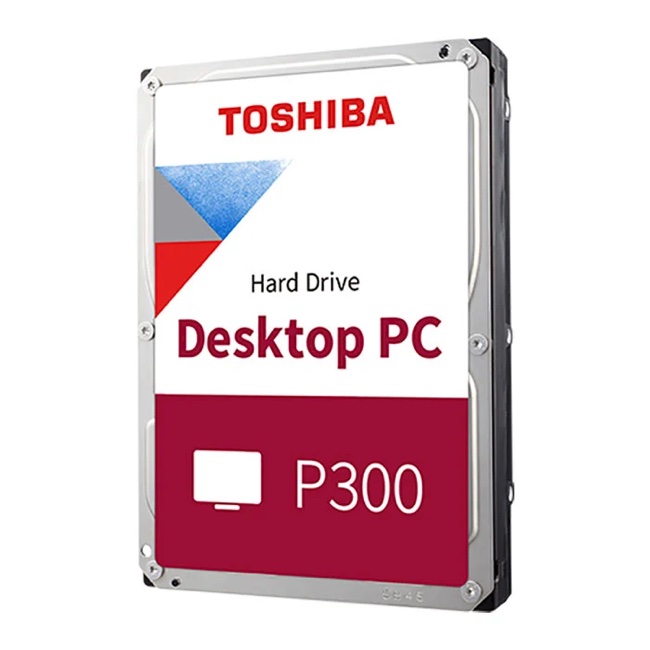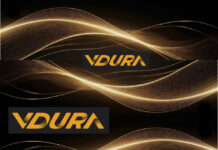Toshiba told Blocks & Files yesterday that its P300 desktop disk drives use shingled magnetic recording technology (SMR), which can exhibit slow data write speeds. However, the company does not mention this in end user drive documentation.
All three disk drive manufacturers – Western Digital, Seagate and Toshiba – have now confirmed to Blocks & Files the undocumented use of SMR technology in desktops HDDs and in WD’s case, WD Red consumer NAS drives. SMR has enabled the companies to reach higher capacity points than otherwise possible. But this has frustrated many users, who have speculated why their new drives are not working properly in their NAS set-ups.
According to the Geizhals price comparison website, Toshiba’s P300 desktop 4TB (HDWD240UZSVA) and 6TB (HDWD260UZSVA) SATA disk drives use SMR.

A P300 datasheet does not mention SMR. It states: “Toshiba’s 3.5-inch P300 Desktop PC Hard Drive delivers a high performance for professionals.” However, SMR drives can deliver a slow rewrite speed.

Blocks & Files asked Toshiba to confirm that the 4TB and 6TB P300 desktop drives use SMR and clarify which drives in its portfolio use SMR.
A company spokesperson told us: “The Toshiba P300 Desktop PC Hard Drive Series includes the P300 4TB and 6TB, which utilise the drive-managed SMR (the base drives are DT02 generation 3.5-inch SMR desktop HDD).
“Models based on our MQ04 2.5-inch mobile generation all utilise drive-managed SMR, and include the L200 Laptop PC Hard Drive Series, 9.5mm 2TB and 7mm 1TB branded models.
“Models based on our DT02 3.5-inch desktop generation all utilise drive managed SMR, and include the 4/6TB models of the P300 Series branded consumer drives.”
The company also told us which other desktop drives did and did not use SMR:
- MD07ACA – 7,200rm 12TB, 14TB CMR (base of X300 Performance Hard Drive Series branded models
- MD04 – 7,200rpm – 2, 4, 5, 6TB CMR (base for X300 Performance Hard Drive Series branded models
- DT02 – 5,400rpm – 4, 6 TB SMR (base for P300 Desktop PC Hard Drive Series 4TB and 6TB branded models)
- DT01 – 7, 200rpm – 500GB, 1,2,3 TB CMR (base for P300 Desktop PC Hard Drive Series 1/2/3TB branded models)
Why SMR is sub-optimal for write-intensive workloads
Shingled magnetic recording gets more data to disk plates by partially overlapping write tracks, leaving the read track within them clear. Read IO speed is unaffected but data rewrites requires blocks of tracks to be read edited with the new data and rewritten as a new block. This lengthens data rewrite time substantially compared with conventionally recorded drives.
Write-intensive workloads are worse affected by SMR delays than read-intensive workloads. Therefore SMR drives are typically used for archival-type applications and not for real-time mixed or route-intensive use cases.
Caching writes to a non-shingled zone of the drive and writing them out to the shingled sectors in idle time will hide the slow rewrite speed effectively – until the cache fills when rewrite IO requests are still coming in.
The cache is then flushed and all the data written to the shingled area of the drive, causing a pause of potentially many seconds while this is done.








